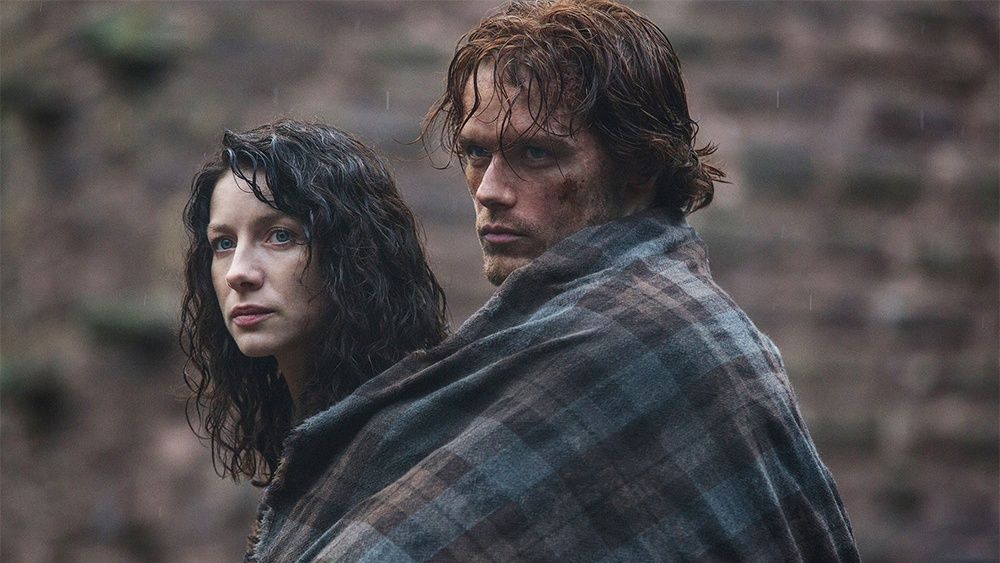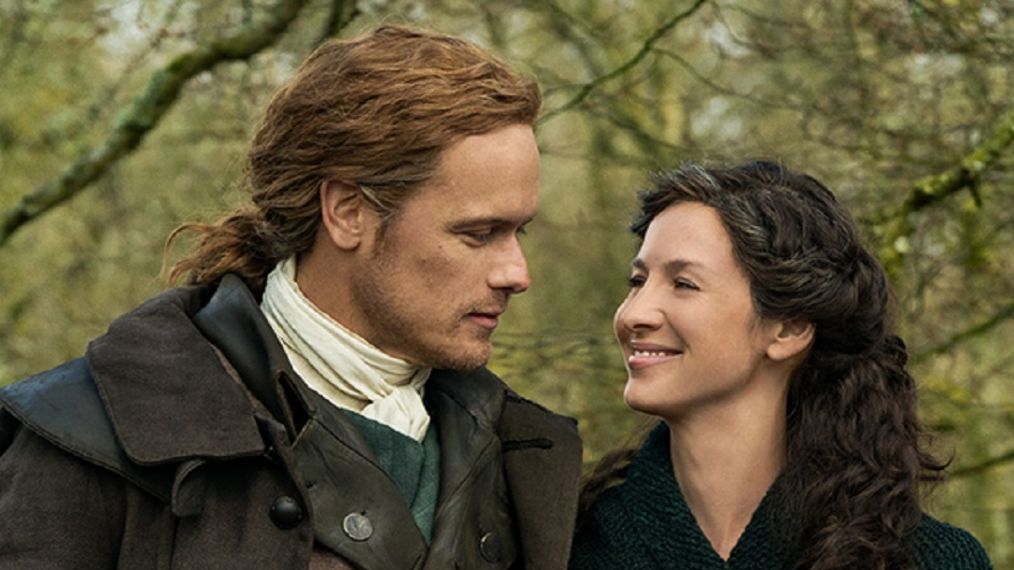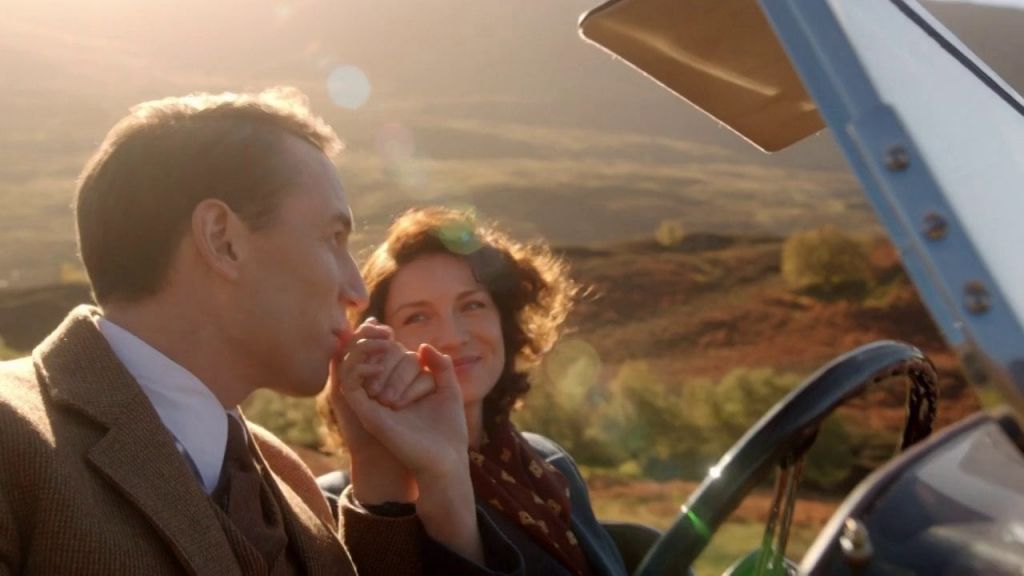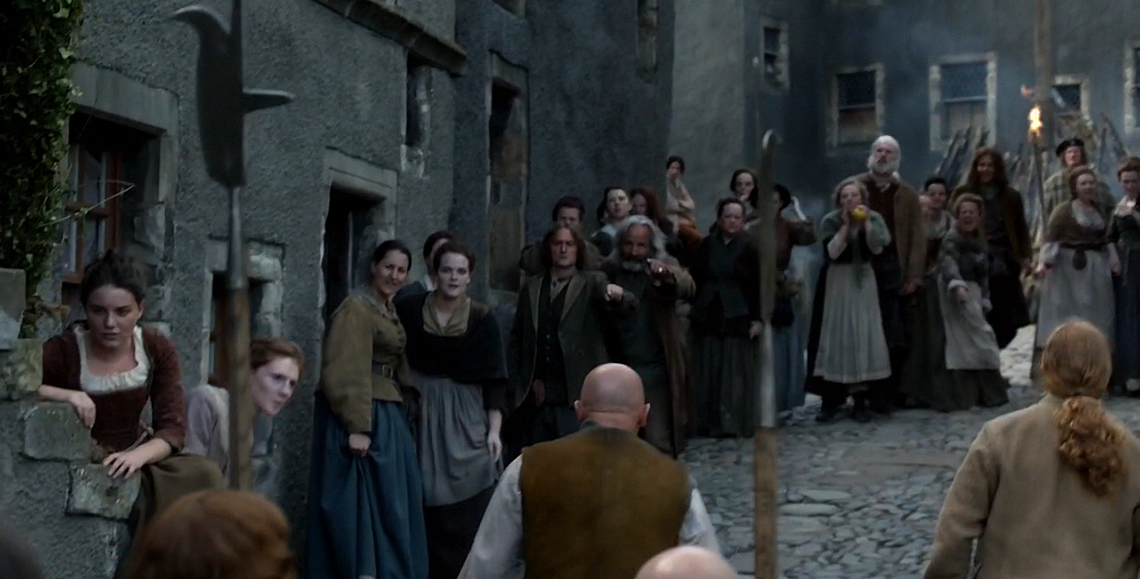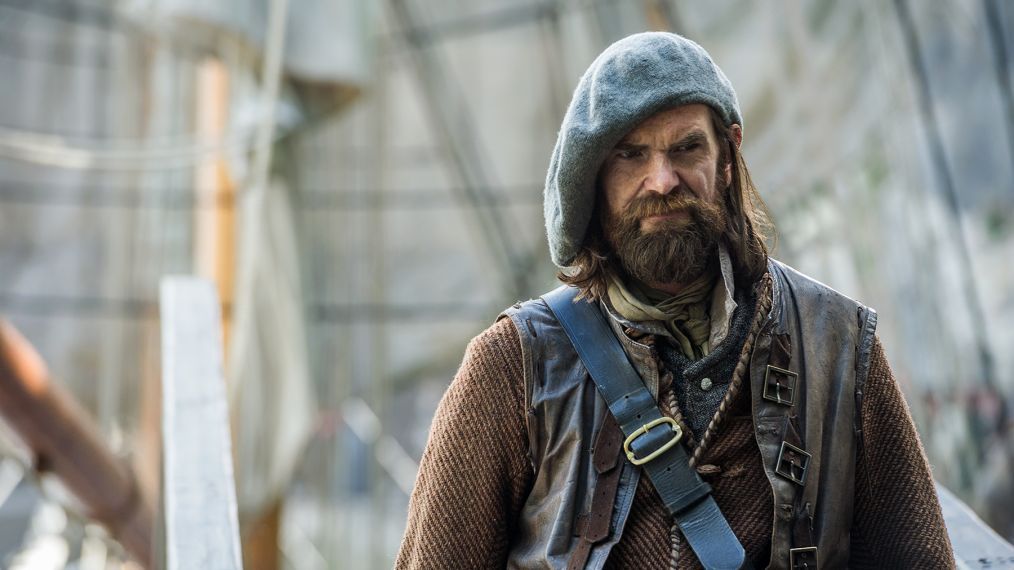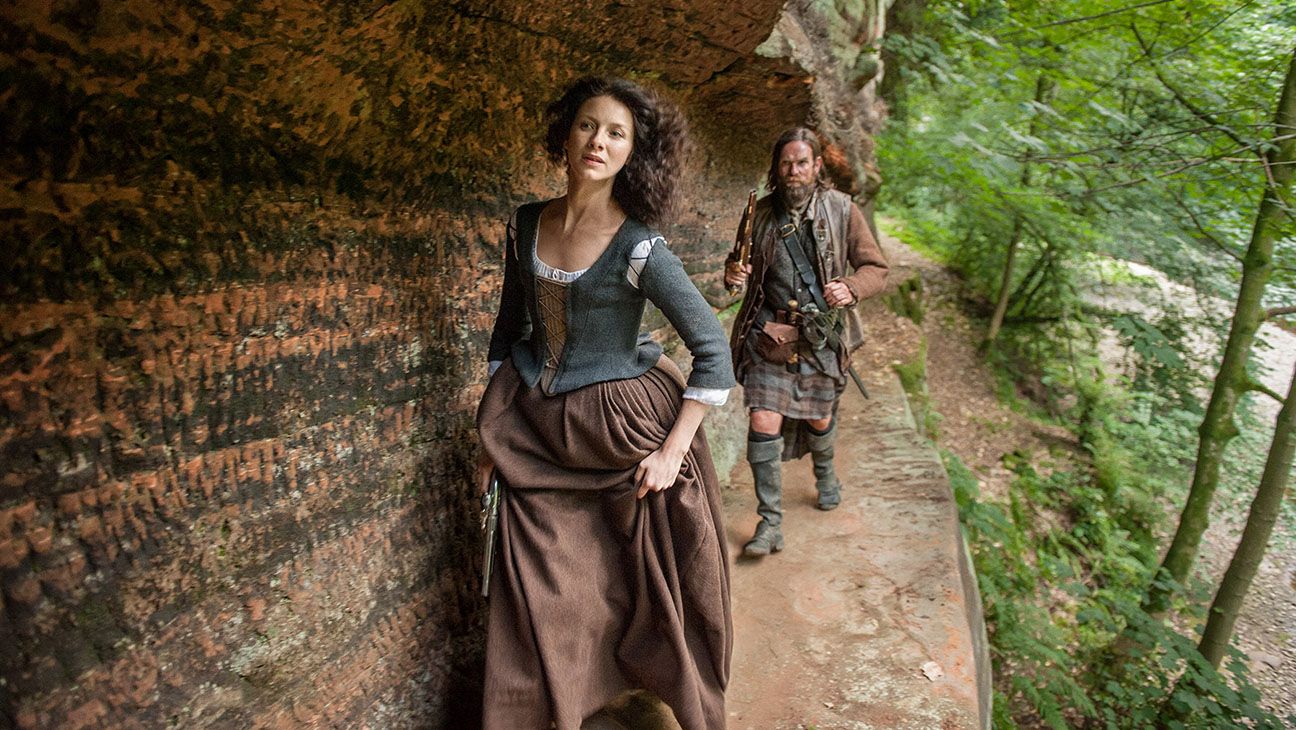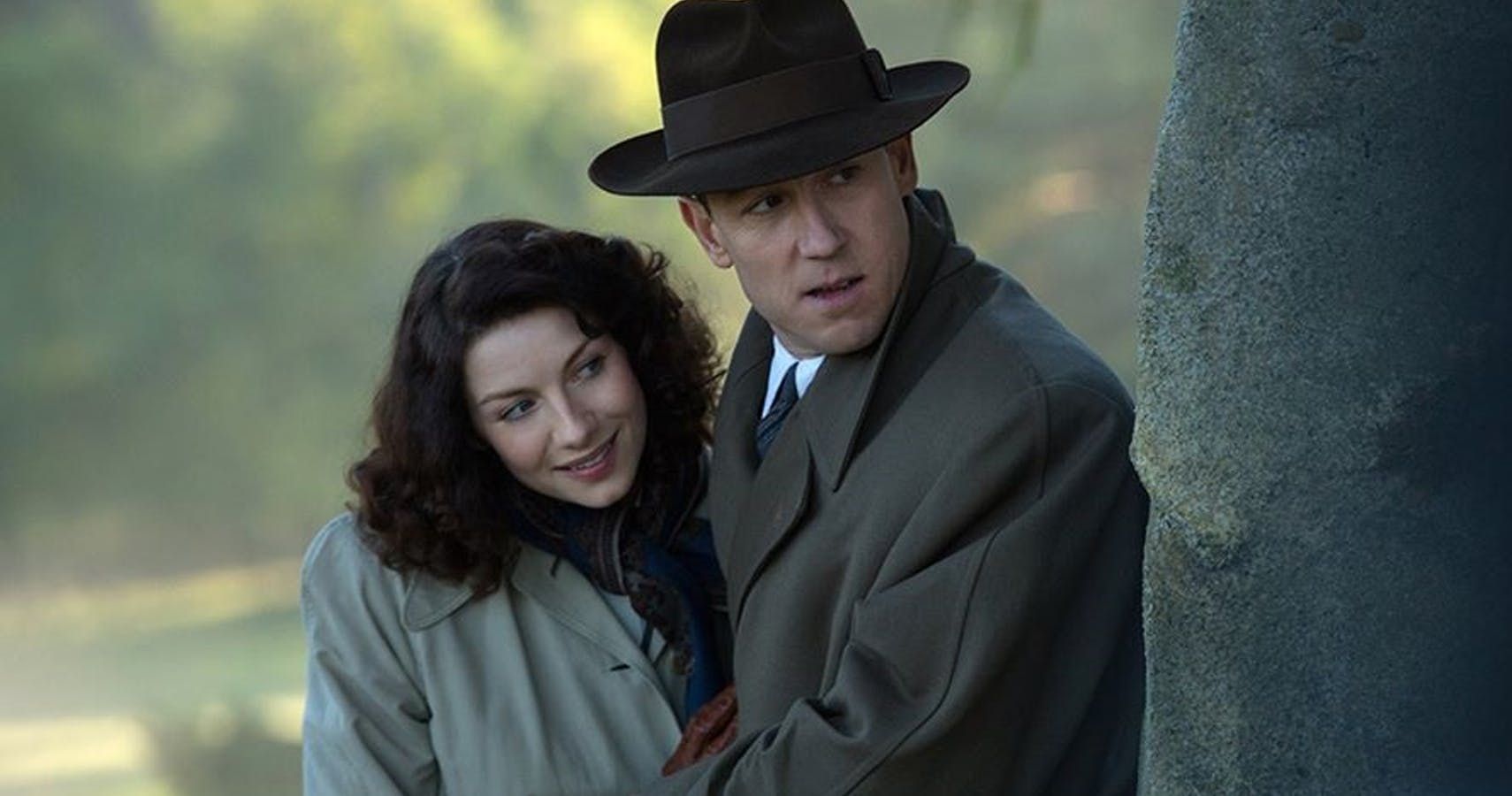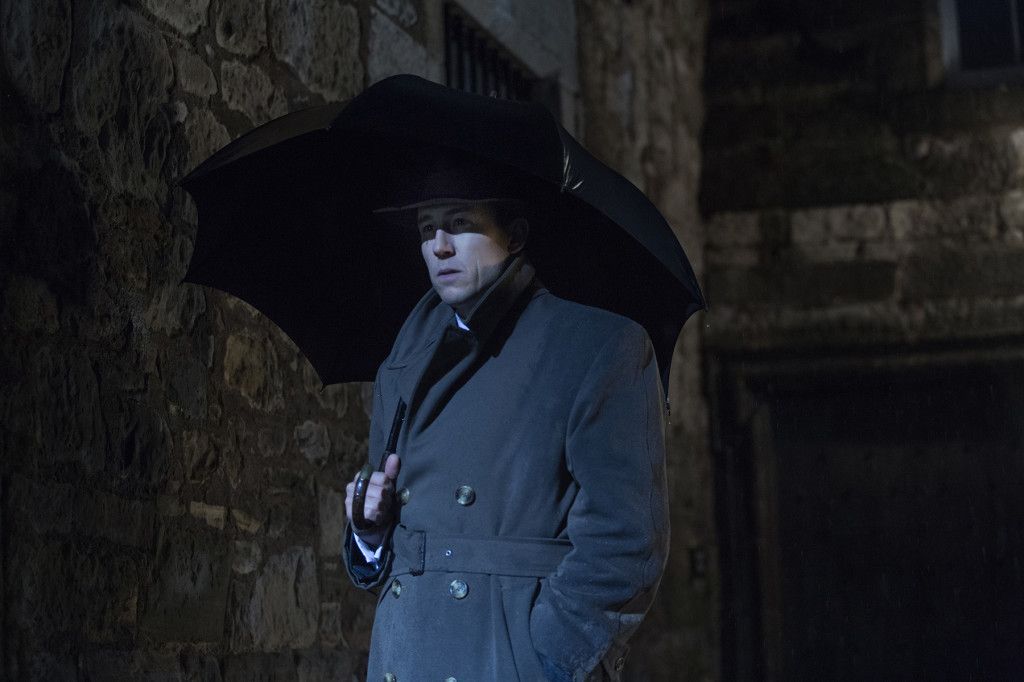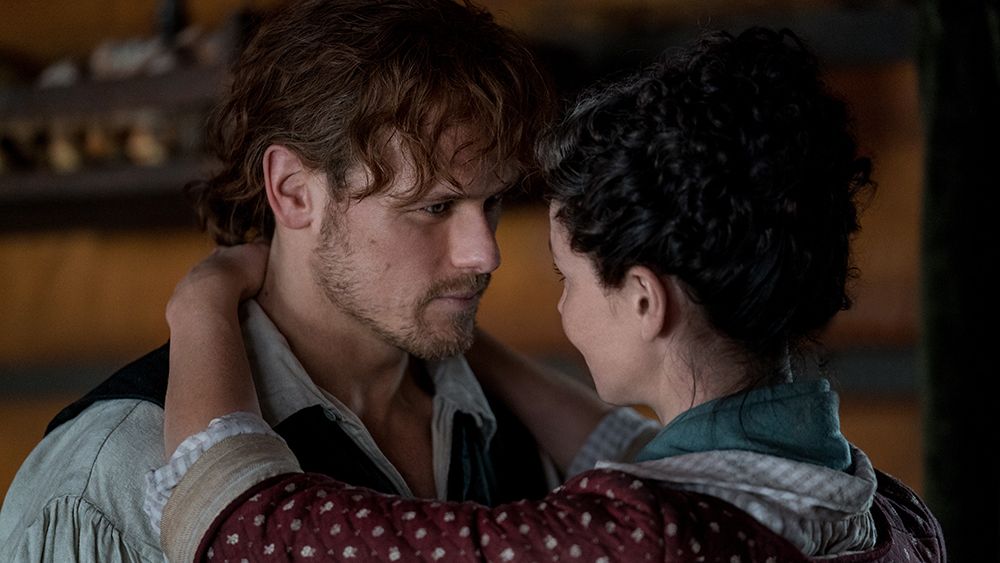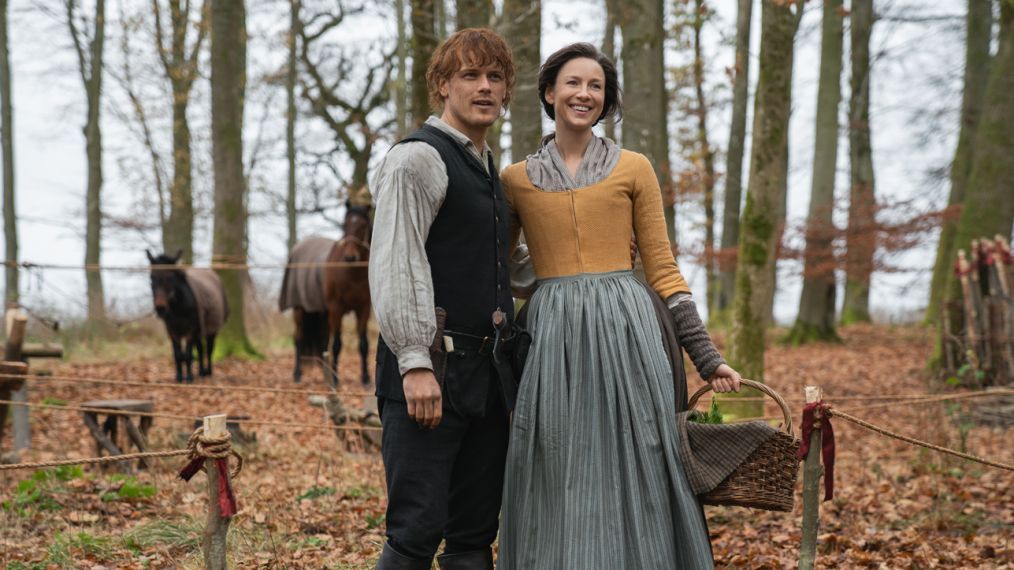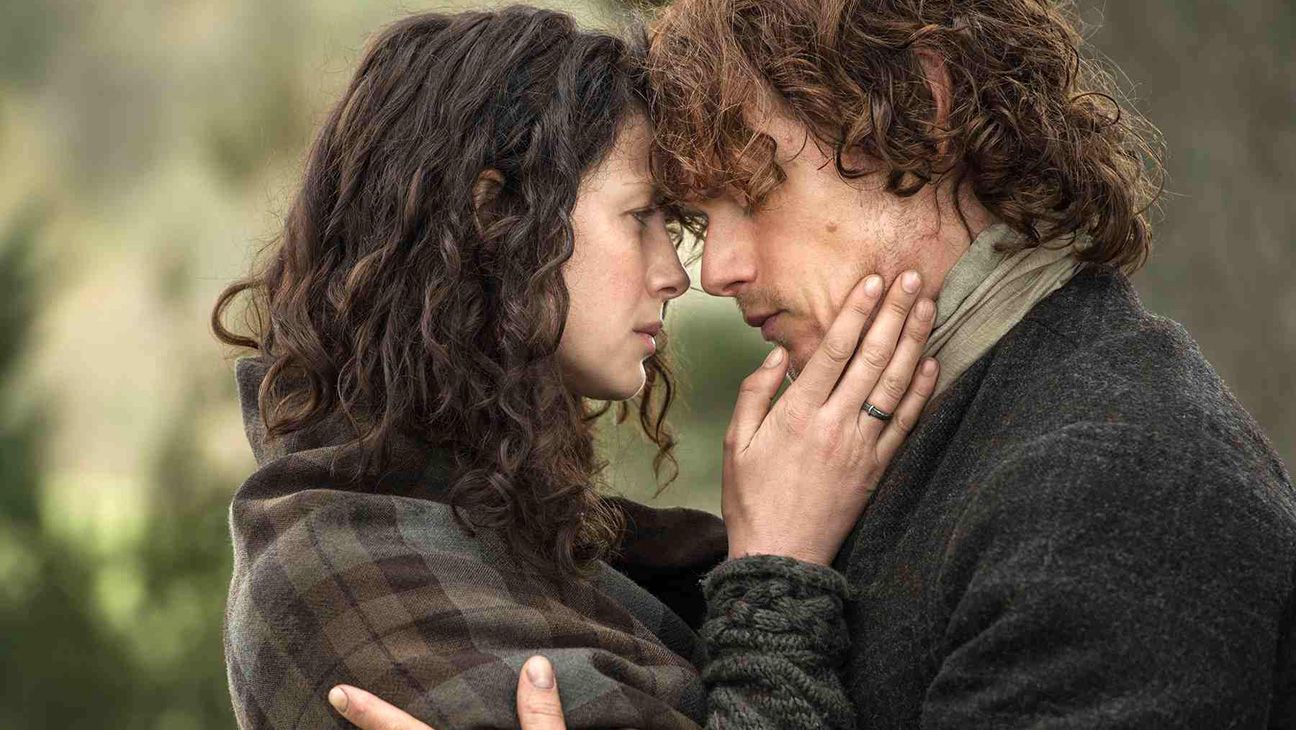When a series is based on a well-known book, this can present the scriptwriters with numerous challenges. When it comes to films or TV series' based on books, there will always be differences in what is written in the actual books and what is portrayed on the screen version of these books. The same is true for Outlander.
Here are 10 things that were cut out from the books in season one of Outlander. Many of these decisions might have left ardent fans disappointed, confused, and even angry – and some might have left readers of the books relieved:
Jamie has a say
In the books, Claire's perspective dominates texts. However, in the series, Jamie's viewpoint is given prominence. Jamie has a chance to narrate the story in the midseason premiere of season onw. Through his narration, fans are given a glimpse into his mindset and emotions — refreshing, to say the least. Adding to the intrigue is the fact that he and Claire stand at crossroads in their relationship and who doesn't want to hear from the 'guy's side' when such pivotal moments are unfolding in love's journey.
A softer Frank
Readers of the book will remember Frank as a somewhat prickly character with many unpleasant traits. He's insensitive and quite frankly, chauvinistic. So then it should come as a surprise that the screen version of Frank is actually likable.
Some fans might not be comfortable with the radical changes in Frank's character — not liking the character in the book but liking the interesting dynamics the hard, objectionable Frank brings to the narrative.
Innocence proven by crucifix
The books show a gallant Jamie riding in on horseback, to use a crucifix to exonerate his innocent Claire during a witch trial. Such a holy act proves her innocence and justifies her as having her hands clean of witchcraft. The series, however, takes a different stance, with a sword being used to free Claire from witchcraft accusation during the witch trial. Fans of the books were probably hoping for the dramatic crucifix redemption. Still, the sword was just as dramatic and made for a memorable on-screen experience.
The survival of Murtagh
The story of Murtagh unfolds slightly differently in the books than it does on the screen. The Murtagh of the books is a short man with a sturdier stature and very different from his silver screen counterpart. He also meets his end in the Battle of Culloden.
On screen, however, writers decided to keep the character going (long after his book demise) due to his popularity with fans. This was good news for viewers, many of who couldn't imagine the episodes without Murtagh around.
Claire's heroic feat
Fans of the book will remember how Claire defended herself against a huge wolf after Jamie kicked her out of the prison where he was staying. This heroic feat left readers with new respect for the beautiful damsel, who though in distress, took charge of the situation.
However, in the first season of Outlander, this part has been cut out of the narrative, much to fans' disappointment. Apparently, it was too difficult to film — and no wonder... a woman wrestling a wolf would require some cutting-edge film techniques.
The secret life of Frank
The Frank Randall who viewers watch in the series is quite different from the man in the books. On screen, Frank only has one romance with a special lady called Sandy, who he is deeply in love with. However, this is not so in the books. Here, it is hinted at that he has had different love interests throughout his life — many who remain unnamed but only hinted at. It is suggested in the books that he has also had numerous affairs during his marriage to Claire.
Frank's role in Claire and Jamie's story
In the books, Frank is very much sidelined in his role in Claire and Jamie's unfolding story. While he is an important part of the story, his role is downplayed. He is hardly mentioned in the first two books on which season one of the show is based.
The series portrays something quite different than the books, with Frank very much a part of the story, particularly Claire and Jamie’s story, and not a side thought as the books would like to suggest.
Love scene cut
Translating storylines from book to screen means condensing narrative themes, and because of this, wisdom and discernment is needed in placing mini storylines alongside each other. An intimate scene between Claire and Jamie which takes place in natural hot water springs in the book had to be cut in the screen account of the series. In the screen version, the love scene would have fallen into the narrative straight after Jamie had been raped. In the director's words, this would have been distasteful considering what had just happened.
The grand finale
Things can be cut from screen accounts of a book to allow for a quicker closure of the narrative thread, as is the case with season one’s grand finale. In the season finale of the screen version of Outlander, Jamie is rescued and then taken to a Scottish abbey with his beloved, Claire. The books' version of the finale differs, however. Here, the abbey in question is in France and Jamie is given weeks to recover from brutal torture suffered at the hands of Black Jack Randall. The TV series offered a quicker resolution.
Water tank scene dismissed
Book descriptions of a setting might be too elaborate for directors to build into a real-life setting. For example, a water scene with Jamie and Claire had to be cut from the screen version of the books because it would have been too expensive to construct a set with a water tank for filming.
Sets which were too difficult to build in real life meant directors had to make hard decisions and either change the setting for the action or cut the scene altogether. A water tank for the romantic scene between Claire and Jamie would simply have meant too much hard work – and money!

